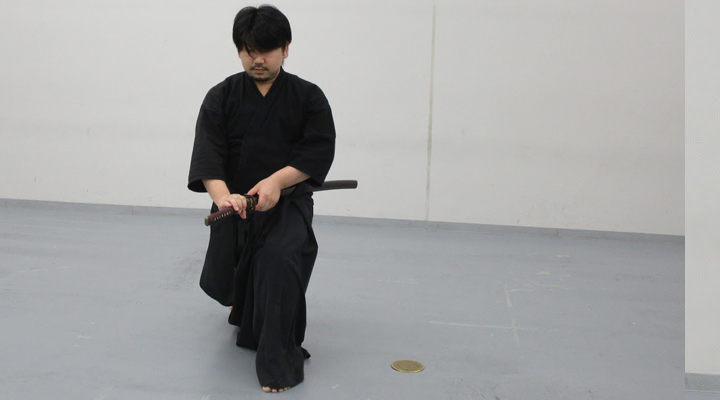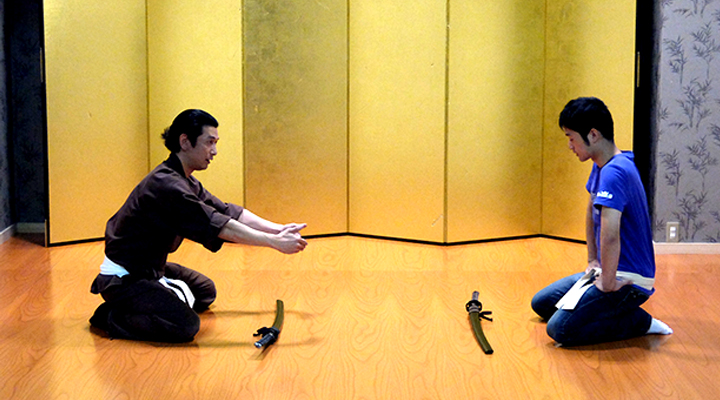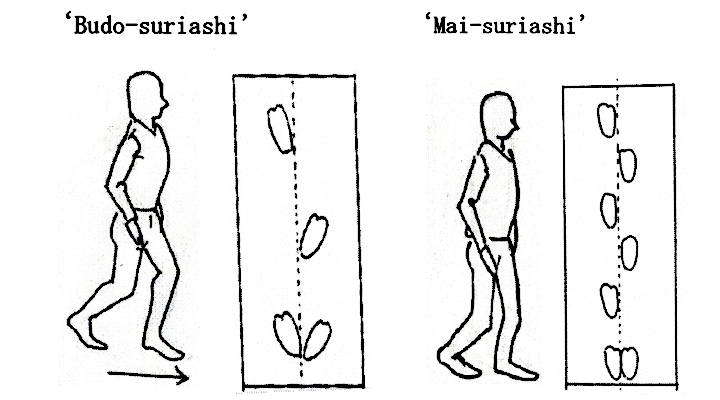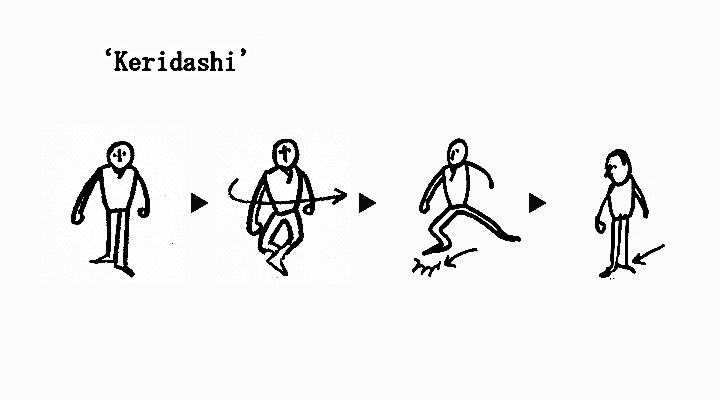1 Conduct preliminary research on poetry
Whenever you are invited to a recital, contact the organizer and ask for a program or a list of featured poems. As soon as you know what poems will be featured, you can do some research on the Internet, and you may be able to read the poems beforehand. Pre-liminary knowledge of their authors, contents and historical backgrounds help understand the meaning of the choreography of each performance.






